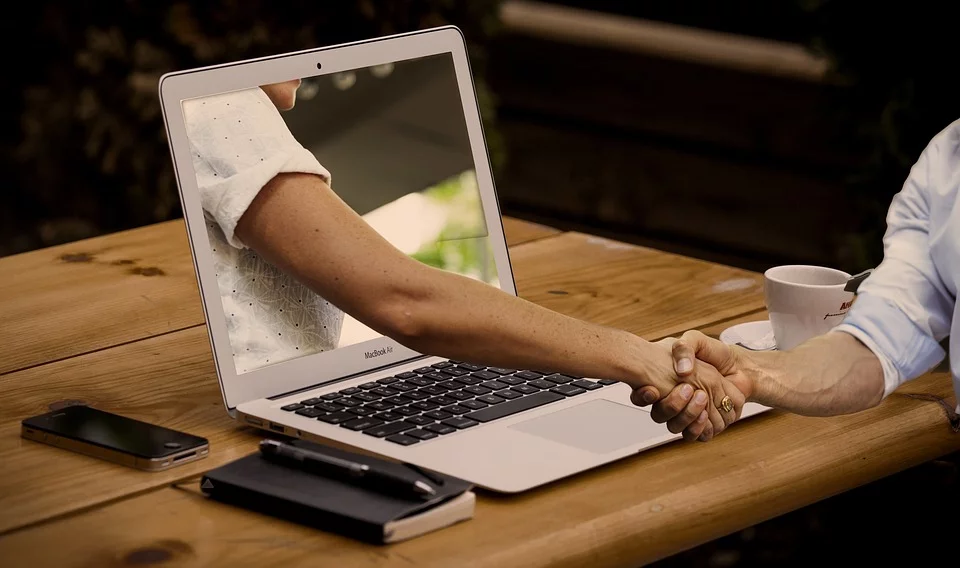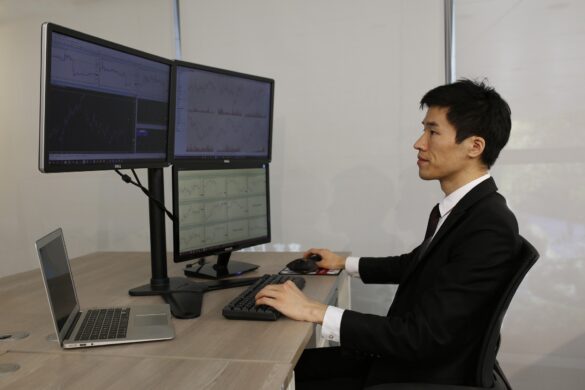 The rapid rise of the digital natives in business is driving a change in enterprise IT. They are demanding a higher level of technology since that is what they are used to. They increasingly expect to conduct business in the same way as they have used technology in the past or use it at home. This will place increasing pressure on IT departments to meet these needs while still adhering to tight budgets and not compromising on security.
The rapid rise of the digital natives in business is driving a change in enterprise IT. They are demanding a higher level of technology since that is what they are used to. They increasingly expect to conduct business in the same way as they have used technology in the past or use it at home. This will place increasing pressure on IT departments to meet these needs while still adhering to tight budgets and not compromising on security.
Consumerization of IT
The term “Consumerization of IT” can be described as the evolution of information technology from the home consumer market and how it is infiltrating business and government organizations, forcing changes to their procurement, structure, policies and methodologies.
The flow of technology has reversed. Whereas in the past, the corporation initiated new technology that the consumer later adopted, the consumer now is generally ahead of the corporation when it comes to adopting new technologies. The younger, mobile modern worker is not prepared to compromise on workplace technology when they are accustomed to a superior and familiar user experience.
A new generation of employee
Employees become accustomed to the consumer technology and carry those preferences and expectations into the workplace. The term applies not only to physical hardware and personal consumer electronics, such as laptops, smartphones and tablets, but also to personal cloud storage applications, social media platforms and web-based mail services.
In the past, IT departments would supply the devices, software, and platforms that all staff would conform to. They had control over every aspect of the entire infrastructure, from start to finish. This scenario has changed dramatically.
The term BYOD, or ‘bring your own device,’ has been around for some time now. For years, many organizations fiercely tried to avoid this at all costs, preferring a secure, standardized system over which they have full control as well as all necessary security protocols.
The trend has not died and employees are insistent on making use of their own devices as well as their personal online service accounts and applications while still having access to corporate network whenever and wherever they are.
The main fear, and justifiably so, is the potential security threat posed by these un-policed devices and technologies on their network.
The definite upside
The upside for those organizations that are prepared to embrace it is lower hardware costs and an increase in employee productivity. The boundaries between work and personal life have been blurred for some time now, a trend that will only continue. It is not unusual to find employees working remotely, often on their day off, late at night or on weekends.
Embracing and enabling this mobile, tech-savvy workforce will make the enterprise more agile and result in improved customer satisfaction.
It is essential that these organizations attract, hire and retain top talent. They are not going to achieve this by clinging to outdated, legacy systems and draconian IT policies. They have to find a way to embrace the change and manage the security challenges and other issues it presents.
It is clear that organizations can no longer deny or fight this trend and need to accept the problem of the consumerization of IT and embrace it. The threat of network security, data integrity, and financial exposure cannot be ignored.
The solution
A solid strategy needs to be implemented to manage the changing landscape to avoid the potential risks and harness the positive benefits. Clear policies need to be in place that accommodates the new dynamics.
The end user, being part of the corporate network, is already taking control of their own technology requirements and needs, without the consent or knowledge of those that are supposed to control the environment. If left unmanaged and unchecked, this can and will result in disaster.
The organization as a whole, not just the IT department, needs to take a step back and get a proper understanding of the situation to develop a strategic plan to manage the evolving system.
All departments, as well as partners, suppliers and customers should be consulted. Most importantly, the internal drivers of this change, the staff adopting and using new technology need to be heard. Understanding why they feel the need to do this, what devices and applications they use and what their frustrations are, will help you to better structure your plan. Draw directly from their experience and perspective rather than imposing your own top-down IT plans onto them. That way, you will have their buy-in and can structure a workable plan that will accommodate all parties, integrated with existing infrastructure, and applications, including cloud ERP solutions, without having to compromise on essential principals.
Once you have the full understanding of the requirements, a firm policy can be implemented as to what can and will be accepted in terms of devices, software, applications and access. This might take a bit of fine tuning for different user levels, departments and locations.
Finally, the necessary tools need to be in place to manage the variety of devices and platforms. This may well require multiple solutions from many vendors to ensure security and data integrity.
It is not going to be easy, but it has to be done and will only benefit all parties in the end.







